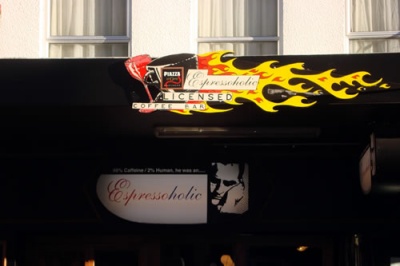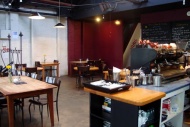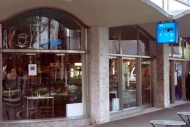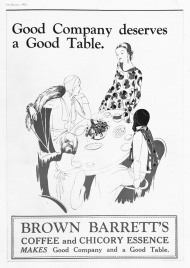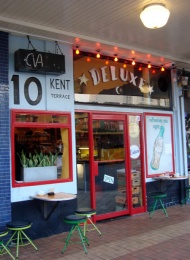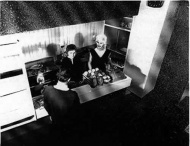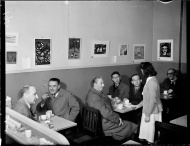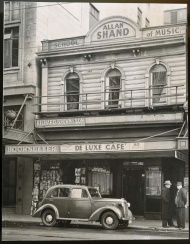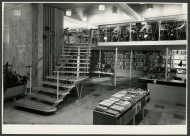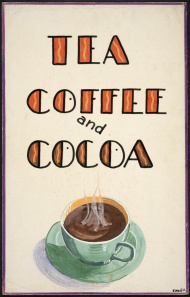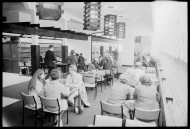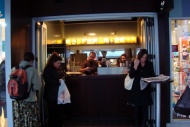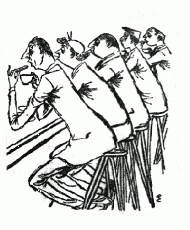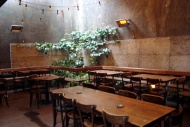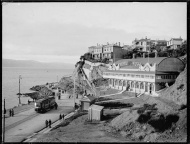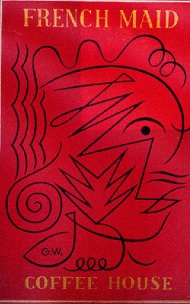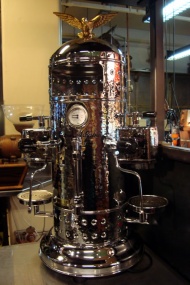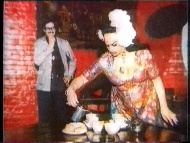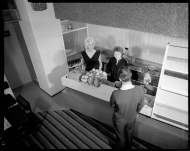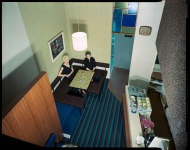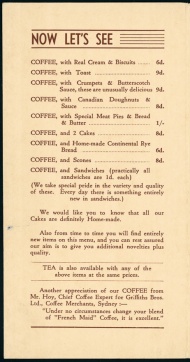Articles
Wellington cafe culture
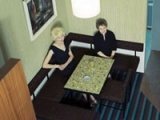
Café culture has become integral to Wellington's identity. This culture began in the 1930s with the emergence of the milk bar, followed by coffee houses in the 1950s. After a period of decline in the 1960s and 70s, the city's café scene has grown in spectacular fashion over the last 20 years.
-
Page 2 – Overview
Wellington city centre is renowned for its flourishing café scene and the culture it inhabits. But it was nearly 1950 before there was much sign of the sparkling capital
-
Page 3 – Immigration and Society
The rise of coffee houses in the 1940s, 50s and 60s was not a phenomenon confined to Wellington, or indeed to New Zealand. The connection between the history of cafe
-
Page 4 – Design and technology
New construction materials and equipment fashioned the cafe culture rising in the 1950s. Wellingtonians were introduced to the espresso machines as European styled cafes
-
Page 5 – Music and cafe culture
Entertainment generally and music in particular have always been a part of the Wellington cafe scene.
-
Page 6 – Personalities
New Zealand in the 1940s and 1950s has been described as a drab and uniform place. From the late 1950s, however, a café culture was established throughout the country.
-
Page 7 – Further information
Sources on Wellington cafe culture.
Food in the 20th century
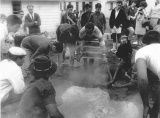
The pavlova - that frothy, baked confection of egg whites and sugar - has long been seen as an icon of New Zealand cuisine; its place of origin has been debated with Australians for just as long in one of the many instances of trans-Tasman rivalry.
- Page 2 - Dining out Before the 1960s, New Zealanders had a limited choice both of venue and of food if they wanted to dine
-
Main image: Espressoholic
Espressoholic, 136 Cuba St, Wellington.

